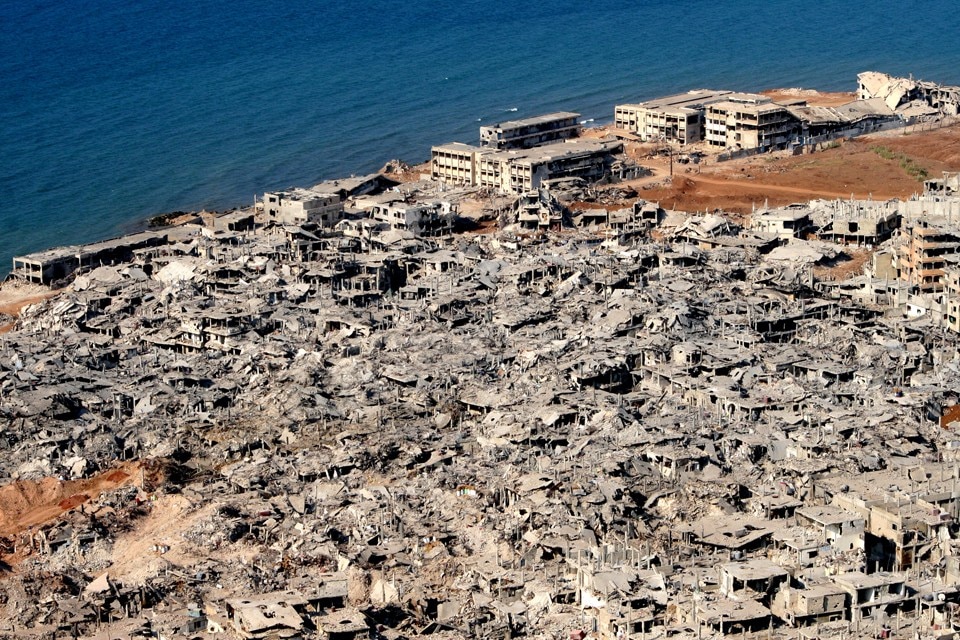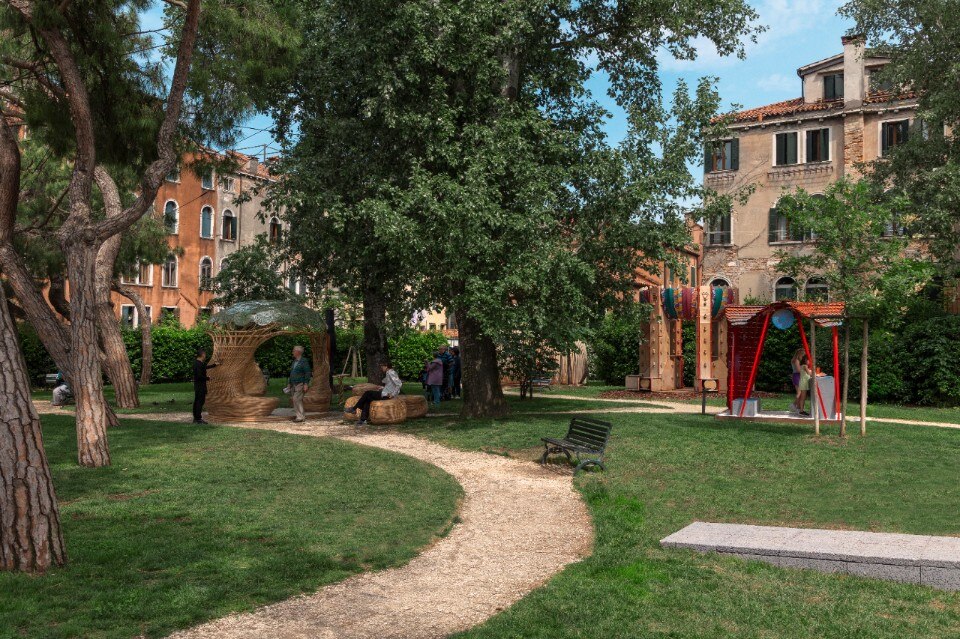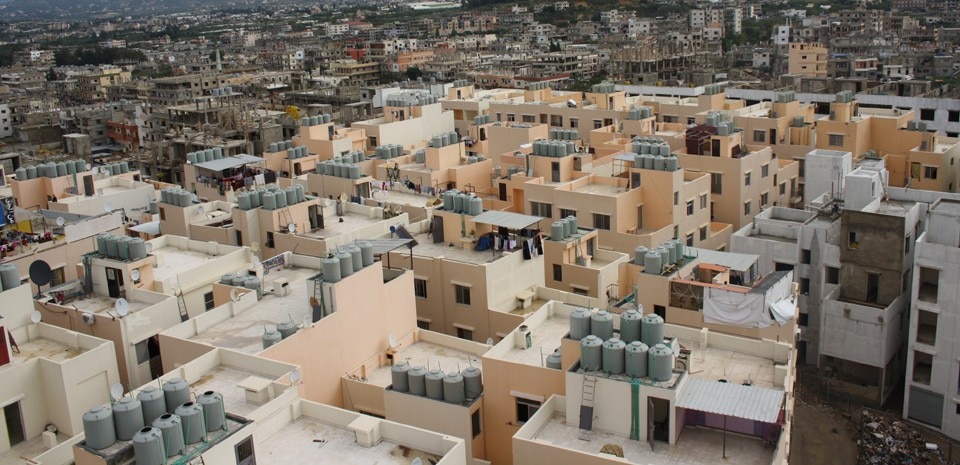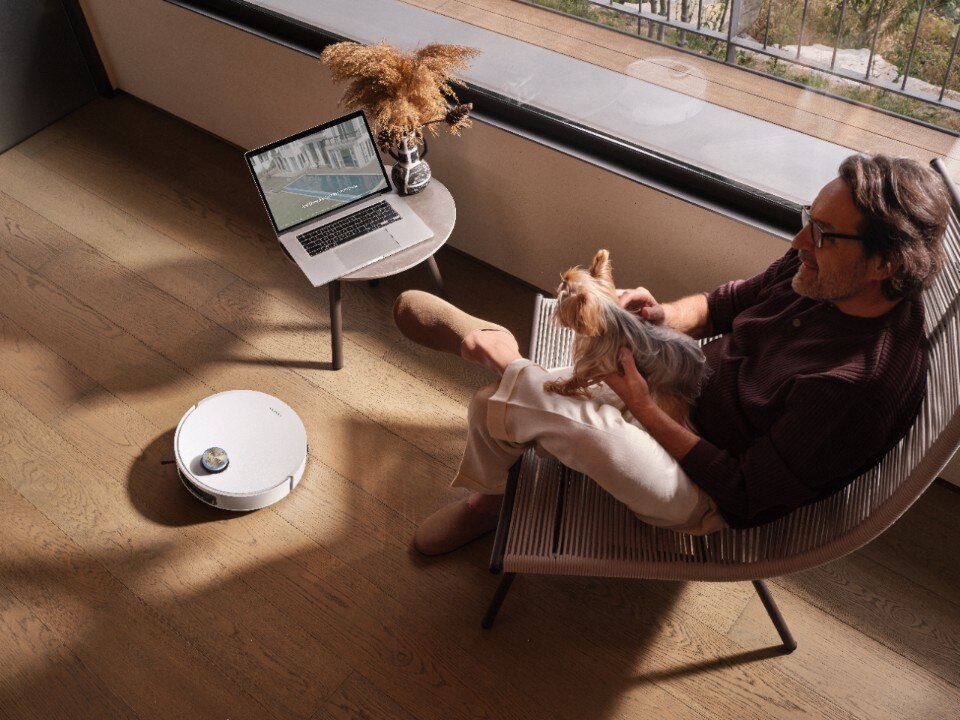Established in 1948, the camp followed the extended-family pattern and building typology of the refugees’ villages. In a layout where roads provided light and ventilation, the goal was to increase non-built areas from 11% to 35%: it was achieved by giving each building an independent structural system allowing for vertical expansion up to four floors on a reduced footprint.

Location: Tripoli, Lebanon
Architect: United Nations Relief & Works Agency (UNRWA), Nahr el-Bared Reconstruction Commission for Civil Action and Studies (NBRC)
Client: United Nations Relief & Works Agency (UNRWA), Beirut, Lebanon
Completion: 2011
Site size: 190,000 square metres


Time Space Existence: the Future of Architecture In Venice
Until November 23, 2025, Venice is the global hub for architectural discussion with "Time Space Existence." This biennial exhibition, spearheaded by the European Cultural Centre, features projects from 52 countries, all focused on "Repairing, Regenerating, and Reusing" for a more sustainable future.




